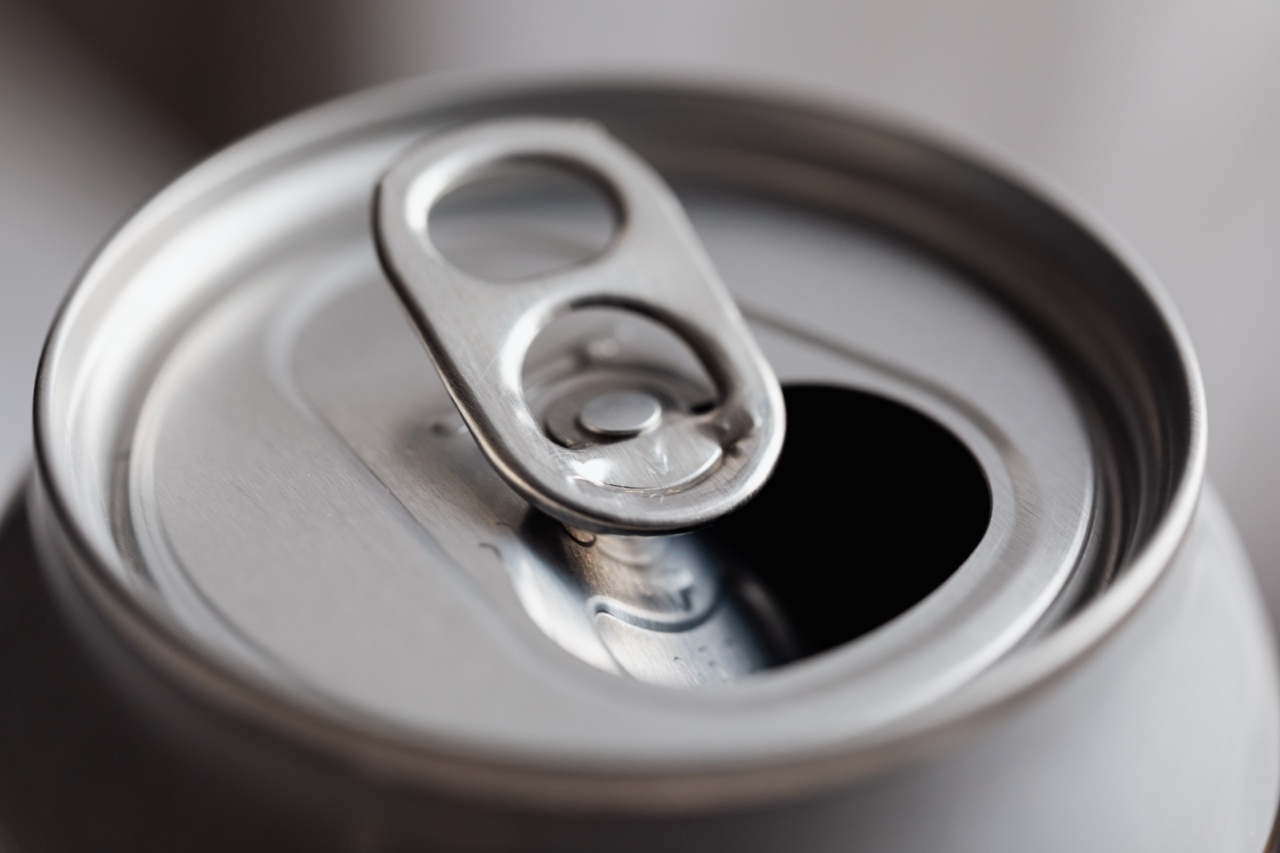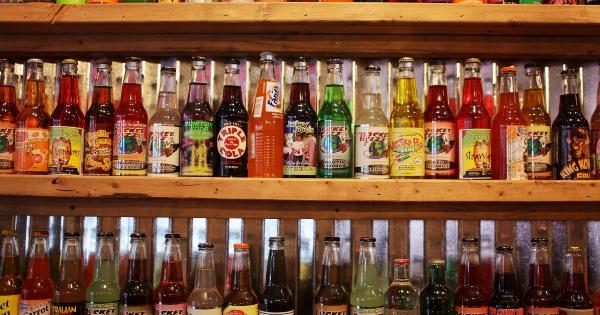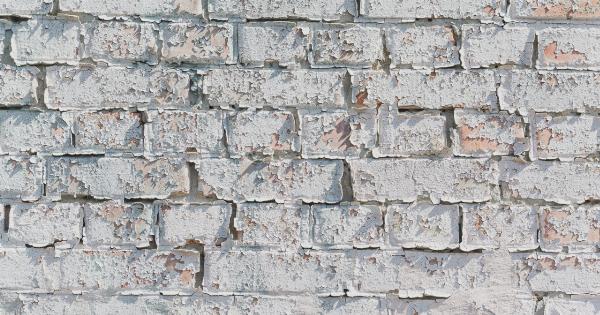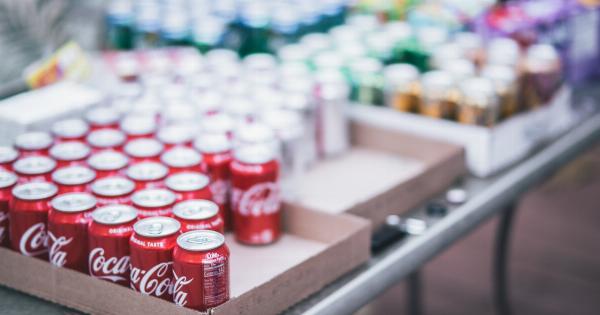Carbonated drinks, or soda as they are commonly called, have been enjoyed by people all over the world for centuries. The refreshing fizz and effervescence of soda is a result of carbonation, a process that adds carbon dioxide gas to water.
Carbonation not only enhances the taste and mouthfeel of soda but also plays a crucial role in its preservation and shelf life. In this article, we delve into the science behind carbonation in soda and explore the factors that contribute to its fizzy goodness.
What is Carbonation?
Carbonation is the process of dissolving carbon dioxide (CO2) gas into a liquid, most commonly water. It is this dissolved CO2 that gives soda its characteristic effervescence.
When sealed in a bottle or can, the carbon dioxide remains dissolved in the liquid until it is released upon opening, resulting in the familiar bubbles and hissing sound.
The Role of Carbon Dioxide
Carbon dioxide, the gas responsible for carbonation, is naturally present in the atmosphere. It is produced by living organisms during respiration, fermentation, and various other natural processes.
In the context of soda production, carbon dioxide gas is obtained through artificial means and added to water under pressure.
When carbon dioxide is introduced to water under pressure, it dissolves and forms carbonic acid, which is the primary driver of the tangy flavor in carbonated drinks.
This carbonic acid then dissociates into hydrogen ions (H+) and bicarbonate ions (HCO3-) in a reversible reaction, creating a mildly acidic environment.
The Carbonation Process
The process of carbonation in soda typically involves two main steps: carbonation and carbonation retention. Let’s take a closer look at each of these steps:.
1. Carbonation
During carbonation, carbon dioxide gas is injected into the liquid at high pressure. The gas dissolves in the water, creating carbonic acid and giving the drink its refreshing bite.
The intensity of carbonation, i.e., the number of bubbles or level of fizz, can vary depending on factors such as temperature and pressure during carbonation.
2. Carbonation Retention
Carbonation retention refers to the ability of a carbonated drink to maintain its effervescence over time. Factors such as temperature, pressure, and the presence of certain compounds affect the rate at which carbon dioxide escapes from the liquid.
Manufacturers employ various techniques to enhance carbonation retention, such as utilizing special bottle caps or adding stabilizing agents.
Factors Affecting Carbonation
Several factors influence the carbonation process and the resulting characteristics of soda. These include:.
1. Temperature
Temperature plays a crucial role in carbonation. Carbon dioxide is more soluble in cold liquids, so storing soda at low temperatures helps retain carbonation for a longer time.
On the other hand, warm soda allows carbon dioxide to escape more quickly, resulting in flat, less fizzy drinks.
2. Pressure
The pressure at which carbon dioxide is introduced affects the intensity of carbonation. Higher pressure leads to more carbon dioxide dissolving in the liquid, creating a greater number of bubbles.
Lower pressure, on the other hand, produces a milder carbonation effect.
3. pH Level
The pH level of a soda can influence its flavor and carbonation. A lower pH (more acidic) enhances the tartness of the drink and increases carbonation.
Soda manufacturers carefully control the pH levels during production to ensure consistency and desired taste.
4. Sweeteners and Flavorings
The type and amount of sweeteners and flavorings used in soda production can impact carbonation. The presence of certain substances, such as sugar, can enhance carbon dioxide solubility and retention, resulting in a bubblier drink.
5. Storage Conditions
How soda is stored can significantly affect carbonation retention. Exposure to heat, light, and air can accelerate the release of carbon dioxide, leading to decreased fizziness.
Keeping soda in a cool, dark place and tightly sealed containers is crucial to preserving carbonation.
The Popularity of Carbonated Drinks
Carbonated beverages have gained immense popularity worldwide due to their unique taste and refreshing nature. The carbonation process not only adds fizz to the drinks but also provides an enjoyable sensory experience.
The effervescence creates a tingling sensation on the tongue, enhancing the overall enjoyment of the beverage.
In addition to their taste, carbonated drinks have become a significant part of social, cultural, and culinary practices. They are often consumed as standalone beverages or used as mixers in cocktails and mocktails.
The wide variety of soda flavors available further adds to their appeal, catering to diverse palates and preferences.
The Science Behind Soda’s Bubbles
The formation of bubbles in carbonated drinks is a fascinating scientific process.
When a carbonated beverage is opened or poured into a glass, the sudden reduction in pressure causes the carbon dioxide to rapidly escape from the liquid in the form of bubbles.
The formation of bubbles is facilitated by microscopic imperfections on the surface of the glass or other contaminants, such as dust particles or tiny air bubbles.
These imperfections provide nucleation sites, where bubbles can easily form and rise to the surface.
Carbon dioxide bubbles in soda also tend to adhere to rough surfaces, such as the sides of the glass, due to a phenomenon known as surface tension.
This adhesion contributes to the visual appeal of carbonated drinks, as the rising bubbles create a lively and effervescent display.
The Health Impact of Soda Consumption
While carbonated drinks are enjoyed by millions of people worldwide, it is essential to be mindful of their potential health impacts.
Regular consumption of soda, especially those high in added sugars, has been linked to various health issues, including:.
1. Weight Gain and Obesity
Soda consumption has been heavily associated with weight gain and an increased risk of obesity. The high sugar content in many sodas contributes to excess calorie intake, leading to weight gain over time.
2. Dental Problems
The acidity and high sugar content of carbonated drinks can erode tooth enamel and contribute to dental cavities. Frequent consumption of soda, particularly between meals or as a substitute for water, increases the risk of dental problems.
3. Unhealthy Blood Sugar Levels
Regular consumption of sugary sodas has been linked to higher blood sugar levels and an increased risk of developing type 2 diabetes. These drinks contribute to insulin resistance and disrupt normal blood sugar regulation.
4. Bone Health
Some research suggests that the phosphoric acid used in certain sodas can interfere with calcium absorption and contribute to reduced bone mineral density, thereby increasing the risk of osteoporosis.
Conclusion
Carbonation is both an art and a science that adds fizz, flavor, and enjoyment to soda. Understanding the carbonation process helps us appreciate the science behind the bubbles and the factors that influence their formation and retention.
While carbonated drinks are a popular choice for many, it is important to consume them in moderation and be mindful of their potential health impacts.






























